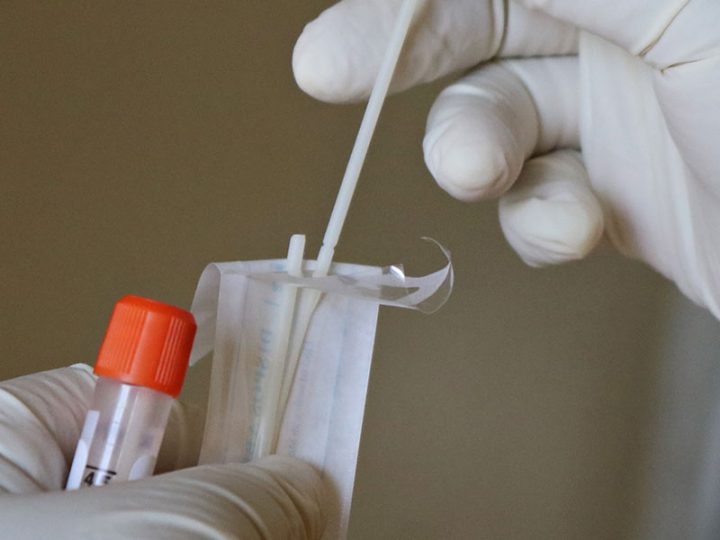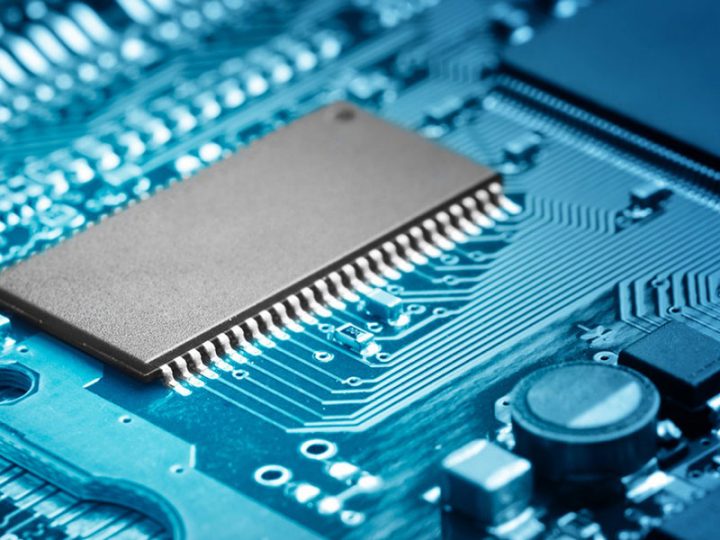What crucial trends are driving the industry?
It has been said many times before that the energy landscape is currently being redefined. This is definitely true, and it’s what makes today a very interesting and, to some market actors, a troublesome time to live in.
The obvious trend that is driving the shift on the market is of course the transition towards a renewable energy system. This mega trend is in turn driving several sub trends which vary between the different geographical markets as well as the different parts of the value chain.
Looking at the electricity value chain we see drastically dwindling profit margins for the conventional power plant operators, new demands on the transmission operators, a new role emerging for distribution operators and new opportunities for the end consumer. On the surface a lot of the focus in media, as well as in European politics, have been directed towards the role and opportunities for the end consumer. This can be recognized as the “smart washing machine” hype where the end customer will provide a solution to most of the market challenges with demand flexibility. However, the most drastic challenge the electricity market in Europe faces today is the excess energy generation capacity. This is driving prices down and prohibits any long term investment decisions. This trend threatens to create a European time gap in the generation capacity that will be tough to fill with controllable generation resources. We can already today see major problems for the big conventional power plant operators and it is definitely going to become a lot worse before a new market picture has been established. To address this there is a (desperate) search for new value pools downstream in the value chain to tap into. In addition, several of the actors are restructuring the organizations in order to mitigate necessary changes in the future.
What market segments will experience the most growth and why?
The winners so far in the restructuring towards renewable electricity system have been the actors in the RES business, both the manufacturers as well as exploiters of natural resources such as good wind sites and sunny roofs. This has, to a large extent, been driven by subsidies in different forms within various markets in Europe. However, at this point in time we see clearly the consequences of both a bottoming out of electricity prices as well as a sharp change in subsidies within several markets. In the other end of the market, i.e. the end consumer, there has been a large hype on all types of smart grid applications that all depends on a business model where the market is willing to pay for some type of flexibility and where the profit from these services are shared between all the actors on the deregulated, unbundled market. So far we have not seen many successful products/services in these segments that are not fully driven by the entertainment or technology fascination aspect (e.g. home automation or following consumption of the washing machine).
Instead I would like to point the attention to less hyped part of the electricity value chain that has already taken a large part of the costs for the changing electricity market, most notably the distribution system operators (DSO). To date they have been instrumental in driving the research in Europe regarding the new energy landscape. This is mainly because they identified early on that they would be the first independent actors on the market to get hit with the cost for a changing market situation. In addition since they are under a strict, and different, regulation on the various markets there are additional and more complex boundary conditions to take into account. This is of course a strong motivator for the DSOs to be proactive and reassess their role on the market.
We can today see different trends regarding DSOs. Several remunicipalitisations have occurred in the Germany where cities want to take back the control of the network and the potential for connection of renewables, as well as divestments of DSO from utilities to institutional owners in Scandinavia. DSOs will remain strong in the otherwise turbulent new electricity market.
It can be expected that the winning segment in a future market will be the suppliers of new services and goods to the DSOs. We can already see examples of this, e.g. smart meters, network automation, network automation system, distribution automation systems, etc.
What are the key challenges?
In order to be able to tap into the market that have been and are going to be created by the changing role of the DSO it is necessary to understand the market role of the DSO. Since it is a regulated operation it will be essential to understand the specific market the DSO is acting on as well as the trends we see in European energy politics today. We can expect that the role of the DSO will in the future and one important way to follow that is to keep up with the research funded by the European union.
Furthermore, it is of the utmost importance realize the difference between the markets that the DSO is acting on. If development is pushed under the concept of smart grids this will definitely mean different things for different markets. A few examples of some important differences:
In Sweden and Italy there is a 100% roll out of smart meters whereas this does not seem to be the reality in some other countries. This means that coming generation of meters in these countries will have to be marketed to mature customers rather than pushing a one size fits all approach.
Today, the electricity market in Sweden is based on the availability of hourly contracts to household consumers which means that the second generation of customer services soon will be available on the market, such as price and weather dependent operation of heat pumps.
Local generation far out in the low voltage network is very common in the south German distribution system where the local DSO is in need of systems or local solutions to mediate power quality issues.
There are today a large number of DSO issues that already are of large importance and there will definitely be several more in the near future. It will not necessarily be the established suppliers of today (ABB, Siemens, GE etc) that will be best positioned to take the opportunity of the new DSO landscape. It may very well be actors coming from different industrial segments, such as industrial automation, internet or big data.




